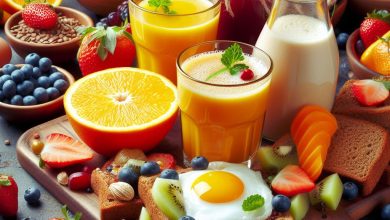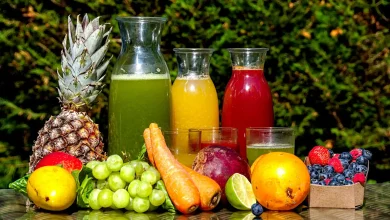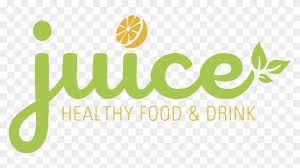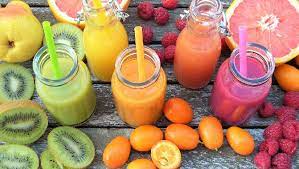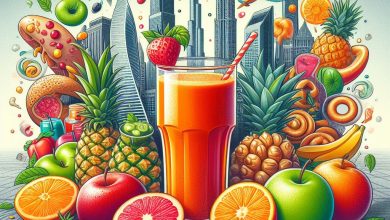What’s in the glass: the best and worst juices
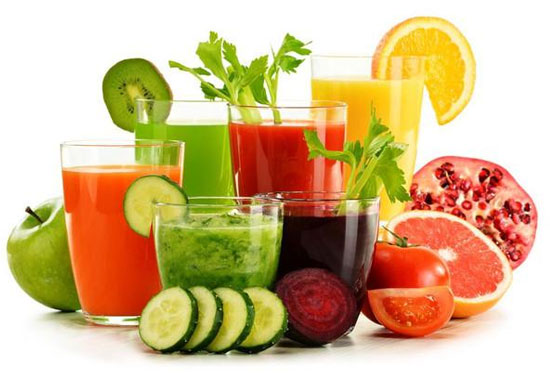
There is perhaps nothing more pleasant than enjoying cool, freshly squeezed juice in hot weather. But are all drinks equally healthy?
Best Choice: Vegetable Juice
Unlike fruit juices, vegetable juices contain less simple sugars and many minerals that are more resistant to oxygen. Natural vegetable juices fit perfectly into the diet. In addition, half a glass of this drink provides 10% of the recommended daily value of vitamin C and 35% of the daily value of vitamin A. However, remember that salt is often added to prepared tomato juice, which limits the intake of this product by hypertensive people.
Worst choice: juice drinks
Most of these drinks contain a very small percentage of juice. Other ingredients include water and various sweeteners. In terms of its beneficial properties, a juice drink is identical to soda, which is poor in nutrients but contains a lot of sugar and calories.
The only complaint about this drink is the large amount of sugar. It is unlikely that you will eat five oranges at once, but if you drink it, it will be easy. Approximately this amount of fruit is needed for a glass of juice, where almost all the energy (112 calories) will come from sugar. But the main thing is not to overuse: one glass a day is enough. Which juice should you give preference in this case?
Pomegranate juice
Even though pomegranate juice contains significant amounts of glucose and fructose, it is rich in antioxidants. This circumstance allows it to protect the nervous system and prevent the development of cancer. In fact, the antioxidant potential of pomegranate juice is even greater than that of green tea.
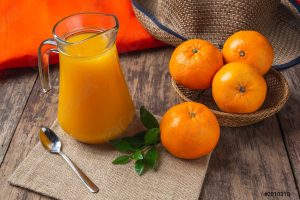
Cranberry juice
Drinking unsweetened cranberry juice reduces the risk of developing infectious diseases, including diseases of the genitourinary tract.
The same applies to red grape juice. Red grape juice contains flavonoids, including resveratrol, a powerful antioxidant.
Citrus juices
About a third of all citrus fruits are used to make juices. Freshly squeezed, they are rich in vitamins C and P, folic acid, and potassium. Citrus fruits increase vitality, relieve fatigue and strengthen blood vessels. These juices are useful for atherosclerosis and hypertension.
May be a natural alternative to potassium citrate supplements. However, fruit juices, especially those based on citrus fruits, have a pronounced irritant effect on the mucous membranes. Therefore, to avoid side effects, freshly squeezed citrus juices should be diluted with water.
Photo: Moulinet Everything is simple here: metal knives grind the ingredients to a smooth structure. Although it also happens that smoothies are not always pleasant to drink – a large amount of fiber remains in the drink. But this, of course.
depends on the quality of the knives and the speed of their rotation. However, if you use powerful high-speed blenders (blade rotation speed – 40,000-45,000 rpm), this problem will not arise: at this speed, you get an ideal, homogeneous texture without lumps.
Both the juicing and puréeing processes involve oxidation, a chemical process that exposes compounds in fruits and vegetables to oxygen. This leads to the breakdown of compounds. The simplest and most obvious example of oxidation: bite or cut an apple and leave it lying on the table.
in just a few minutes it will darken – due to the oxidation of polyphenols (and not because of iron, as many are accustomed to believe) and, as a result, the formation of quinones . To shorten the oxidation period, drink the smoothie immediately after preparation.
But unlike juicing, pureeing preserves the fiber and all the other beneficial substances found in whole foods. Essentially, a person eats the same banana or pear, broccoli or celery, almonds or coconut pulp, only in liquid or super-chopped form. Photo: Moulinet Here, by the way, is an important advantage of blenders – they can mix and grind everything (or almost everything).
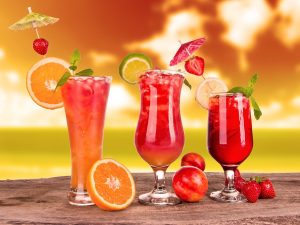
If a juicer can only make juice from greens, vegetables and fruits, then to count the number of dishes that can be prepared in a blender, you can barely use the fingers of two hands: smoothies, pureed soups (in the Ultrablend high-speed blender you can prepare not only cold, but also hot soups), sauces, pastes, mousses, flour, milk, baking dough, sorbet, cocktails. Phew, that seems to be it. Although it all depends on your imagination.
The purification process is aimed at improving and facilitating the absorption of the product. This is why puree is often used in baby food until the children’s digestive tract is very mature.
Benefits of smoothies
Smoothies are the same fruits, vegetables and greens, only in crushed form. They preserve not only vitamins, microelements, minerals, but also fiber. And is it important.
Scientists from South Korea decided to study the antioxidant activity of smoothies and freshly squeezed juices. Thanks to the tests, it turned out that the activity in smoothies is higher. They also contain more phenolic compounds than juices.
Phenolic compounds are important because they protect plant products from bacterial and fungal infections and ultraviolet damage. And they are especially necessary for human health – phenolic compounds protect against the development of cancer, diabetes, cardiovascular diseases and inhibit aging.
Smoothies are also a convenient way to eat more fruits, vegetables and greens than a person is usually used to. It’s unlikely that many people eat a bunch of parsley in one meal, and you won’t even notice it in a smoothie. In addition, after preparation there is no waste left – just rinse the blender and it is ready to use again.

